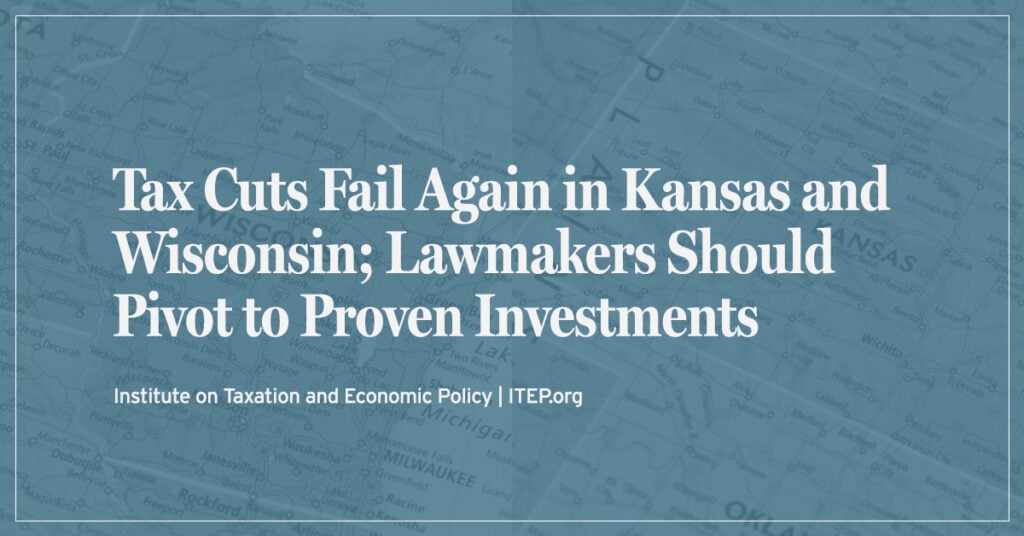MATTHEW DeFOUR | Wisconsin State Journal |
State lawmakers have nearly a billion dollars at their disposal because of higher-than-expected past and future tax revenues. As a result, Gov. Scott Walker has proposed more than $500 million in tax cuts. The Legislature will take up the plan as early as Feb. 11.
Here’s a primer on the issues being discussed.
Q: How did the state get a surplus?
A: The $70 billion 2013-15 budget lawmakers approved in July was based on a set of economic assumptions, including that state tax revenues would shrink 0.5 percent in the first year, but grow 3.6 percent in the second.
The Legislative Fiscal Bureau, the state’s nonpartisan scorekeeper on all budgetary matters, updated those projections based on improving state and national economic data and actual tax collections since July 1. Revenues are now expected to grow 3.6 percent this year and 4.3 percent next year — or $912 million more than anticipated. That adds to an already-anticipated surplus so that overall, the state expects to have a $977 million surplus by June 30, 2015.
Q: What is Walker’s plan for the surplus?
A: Walker wants to cut property and income taxes, including changes to who qualifies for certain tax credits. Those cuts are expected to reduce revenues by $537 million in the current biennium.
Walker also directed the Department of Revenue to adjust the state’s income tax withholding tables so that workers get more money in each paycheck, but an equal amount less in their spring tax refund check. That change costs $322.6 million in this biennium, because of a shift in when taxes are collected. The move didn’t require Legislative action.
Walker’s plan also calls for transferring $117.4 million to the state’s rainy day reserve fund. Most of that transfer is required by state law.
Q: Who benefits from the tax cuts under Walker’s plan?
A: The income tax cut would reduce the lowest tax bracket from 4.4 percent to 4 percent. More than 2 million people, or 71.5 percent of all tax filers, would see some kind of tax reduction, with the average annual cut being $46, according to the fiscal bureau. The average cut ranges from $48 to $57 for individuals making more than $40,000 and between $4 and $46 for those making less.
The property tax cut reduces rates a little bit for every $1,000 in value, so that people who own more property will see a bigger cut. For an average $151,000 home, the savings from current law would be $131. Someone who owns a $400,000 home would save about $348.
The top 15 percent of income earners in the state, those individuals making $88,000 or more, would reap 44 percent of the income and property tax savings, according to an analysis by the Rhode Island-based Institute on Taxation and Economic Policy, which calculated figures for the liberal Wisconsin Budget Project. The bottom 40 percent, those making $37,000 or less, would reap 15 percent of the savings.
Walker also proposes $37 million in tax credits to upper-income earners who otherwise must pay the state’s alternative minimum tax. The AMT, which is expected to affect about 30,000 taxpayers in 2015, was created to ensure upper-income earners who reduce their tax liability through credits and deductions pay a certain level of taxes.
Q: Is the tax cut likely to pass?
A: Assembly Republicans appear to be on board with Walker’s proposal, but some Senate GOP moderates are concerned it will increase the structural deficit.
Senate Majority Leader Scott Fitzgerald, R-Juneau, has been meeting with individual members to gauge support and plans to discuss the bill in caucus this week, spokesman Dan Romportl said.
Q: What exactly is the structural deficit and how is it calculated?
A: The structural deficit is a fiscal bureau projection of how much expenditures are expected to exceed revenues in the next budget cycle, in this case, 2015-17. It assumes spending and revenues in both years of the next biennium will be the same as in the second year of the current biennium.
Because the state budget must be balanced by law, the structural deficit must be addressed through tax increases or spending cuts, before new programs or tax cuts can be enacted. The deficit might also shrink or turn into a surplus if the economy improves and tax collections are higher than projected.
Going back to 1997, the structural deficit has typically been in the range of $1.5 billion to $2.9 billion in the middle of a two-year budget. In July 2012, the fiscal bureau projected a $146 million structural surplus for the 2013-15 budget.
If the Legislature doesn’t enact tax cuts or spend the new revenue, there would be a $1.25 billion structural surplus for 2015-17, according to the fiscal bureau. If Walker’s plan is approved, the state would have a structural deficit of $807 million heading into the 2015-17 budget cycle.
Q: So why would the state cut taxes, rather than eliminate the structural deficit?
A: Walker points out that if revenues grow at their 10-year average of 3.4 percent, the state would have $1.5 billion in additional revenues over the 2015-17 biennium, effectively wiping out the deficit and creating a $700 million surplus. Those new funds could be used, for example, to give employees raises, put more money into K-12 or higher education, or make additional tax cuts.
Others, including Sen. Luther Olsen, R-Ripon, say the state should eliminate its structural deficit now to free up more money in the next budget for more large-scale reforms in the tax code, or education or transportation spending.
Of course, the governor is up for re-election in November, and he might run for the GOP presidential nomination in 2016. Politicians know that tax cuts appeal to many voters.
Q: Are there any alternative proposals for what to do with the surplus?
A: Democratic gubernatorial candidate Mary Burke said the property tax cut should be targeted to residential property, which accounts for 70 percent of real estate value in the state.
Burke also said the state should lower its debt, which was projected last June to reach a record $14.7 billion in 2015. Based on the new revenue estimates, debt payments as a percentage of tax revenues are also projected to reach a historic high of 4.89 percent this year based on the new projections. The state’s historical goal for that figure is 4 percent or less, according to the fiscal bureau.





